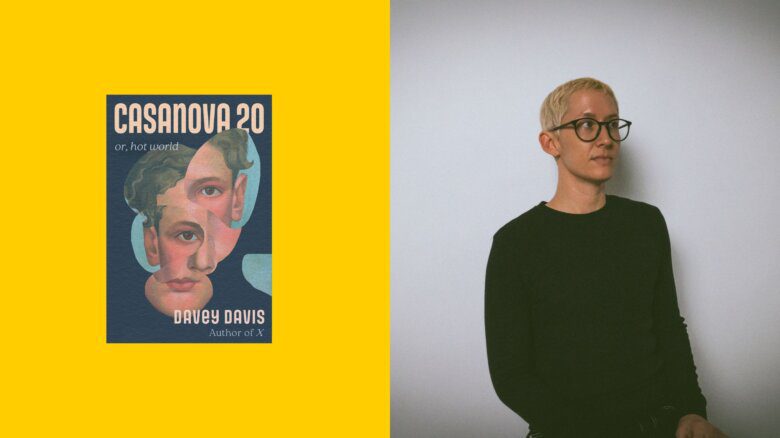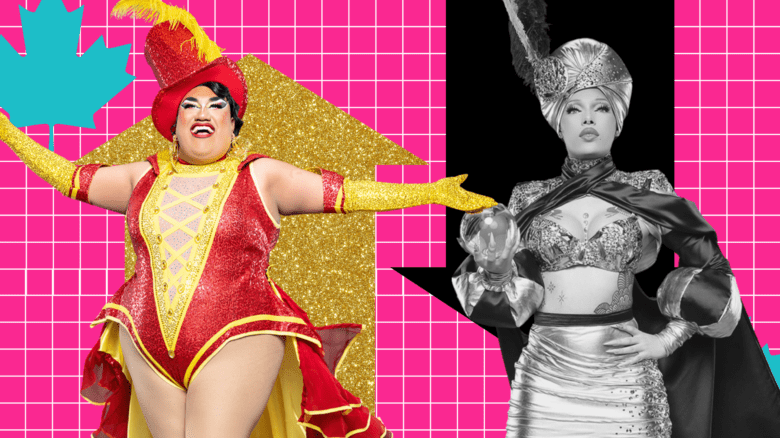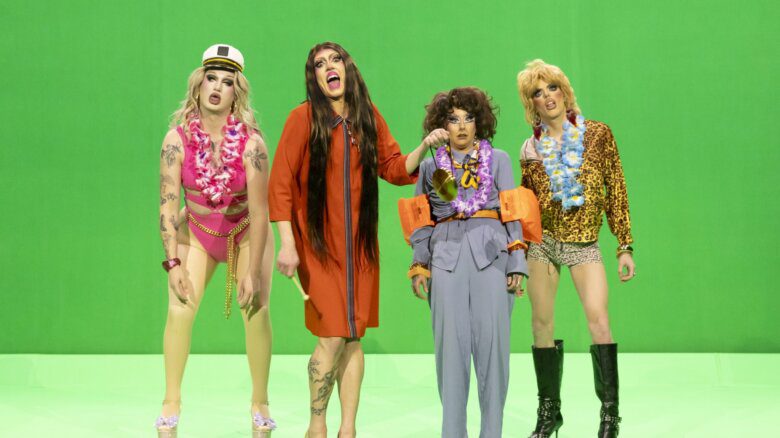The Williams-Sonoma home page opens to a suitably beautiful Valentine’s Day fantasy. Scalloped heart-shaped plates and ramekins for “a romantic dinner that deserves an impressive finale,” heart-shaped linens, bittersweet chocolate truffles, lavender rose heart wreaths, recipes for chocolate cherry muffins and even a heart-shaped waffle maker.
It’s everything you need to feed the fantasy, obsession and the hatred of Valentine’s Day.
It is indeed a schizophrenic holiday. It’s easy to hate – “It’s sooo heterosexual.” All those heterosexuals going through the romantic motions, buying really bad chocolates, tacky cards, balloons and utterly unoriginal flowers. It’s all in such bad, bad taste.
So why do lesbians and gay men join in this obsession? What about the fantasy of Valentine’s Day attracts us?
As a kid, it was all about popularity. How many little cardboard “Be My Valentine” cards did you get? Did all the kids who you sent cards to return the favour? Or did you get dissed by some kids who turned out to be further up the social hierarchy? It always seemed strangely disappointing.
By high school, we learned that Valentine’s Day wasn’t just about popularity, but about romance. It was a couples thing. If you were in one, great, you got to celebrate. If you weren’t, well, it kind of sucked. You were simply reminded that you were lonely, unattached and undesirable.
And if by any chance you were gay, thought you might be gay or just weren’t dating folks of the opposite sex because you would eventually turn out to be gay, Valentine’s Day really wasn’t on.
It was becoming easy to hate it.
And it only got easier. Coming out often meant disavowing oneself of all heterosexual rituals. Marriage, monogamy and even romanticized sex were all suspect. Valentine’s Day symbolized the worst of the repudiated culture. Add a little critique of consumer culture – Valentine’s Day as capitalist plot created by Hallmark – and the hating of Valentine’s Day was complete.
Times have changed, though. The critique I’ve just given sounds oh-so-1970s.
It’s no longer enough to hate Valentine’s Day just because straight people participate in it. Like everything else, surely, we can do it better or at least with more style. We now shamelessly appropriate heterosexual culture when it suits us. And as for conspicuous consumption: Bring it on. (For more on product placement and seduction, see the previous item; just click previous on this page.)
In the hands of Martha Stewart protégés, a tacky holiday can be transformed into an impeccable affair with the right truffles, the right flowers and home-made beeswax candles. Now, here was something gay folks could really get behind, especially those with the perfect loft and a $12,000 Viking stove.
Except for one problem. Not many of us actually live this way. And not everyone is coupled. And so returneth the high school angst. If you are in a couple, you can pursue the fantasy. If you aren’t, well, Valentine’s Day is all about making you feel bad, a reminder that you’re (supposedly) lonely and undesirable.
But this self-esteem side of Valentine’s Day is now being marketed, too. Bars are busy with Valentine’s Day specials, where you can meetthe person of your dreams. Telephone chat lines light up. It is a night to be in a couple, however temporarily, so we might dispel the fears that have haunted us.
The transformation has expanded the idea of Valentine’s as intimate romance for couples to include sexual intimacy for others. (Check out Valentine’s matchmakers in the previous item; just click previous on this page.)
You could call it a creative reappropriation of a straight holiday if it didn’t seem strangely unattainable.
Because, really, the truffles aren’t perfect and neither is the attractive single at the bar. That’s the nature of fantasy. We want what we can never quite have – it’s all in the pursuit. Happy Valentine’s Day.
* Brenda Cossman is a member of the board of Pink Triangle Press, which publishes Xtra.


 Why you can trust Xtra
Why you can trust Xtra


